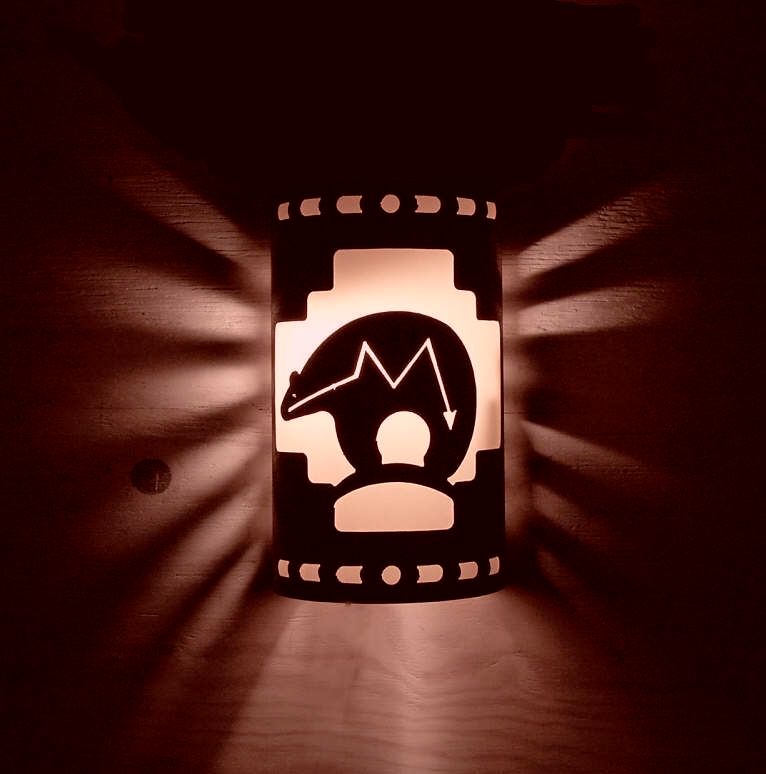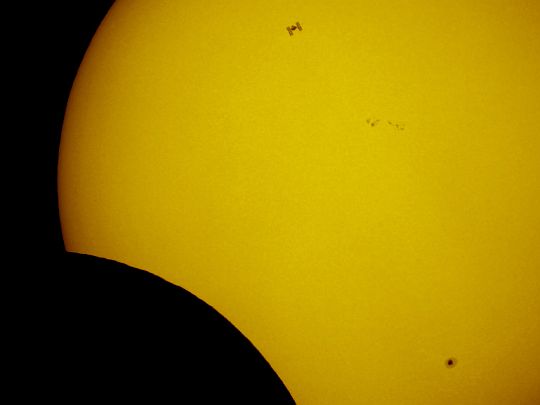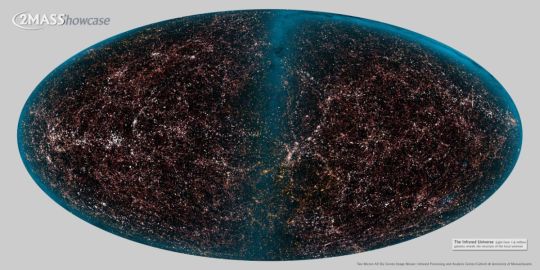 Several years ago, I visited Kitt Peak National Observatory near Tucson, AZ. Some friends and I took the guided tour that brought us into several of the telescope domes on the mountain. One statement the tour guide made stuck in my memory. He said “We get more light pollution from Phoenix than we do from Tucson which is less than half the distance from the observatory.”
Several years ago, I visited Kitt Peak National Observatory near Tucson, AZ. Some friends and I took the guided tour that brought us into several of the telescope domes on the mountain. One statement the tour guide made stuck in my memory. He said “We get more light pollution from Phoenix than we do from Tucson which is less than half the distance from the observatory.”
Tuscon, which is home to the main campus of the University of Arizona (go Wildcats). The University does a lot of optical and astronomical research and was a main influence on Tucson’s Dark Sky Ordinance. Most of the Phoenix Metro cities do not have a dark sky ordinance. We can stand in the 18 wheeler lot after nightfall at our Wickenburg hotel and see the glowing dome of light pollution to the southeast.
The Town of Wickenburg is considering a dark sky ordinance. The ordinance isn’t yet in effect, so we don’t have to comply when selecting our outdoor fixtures, but we want to be compliant. The image above shows the light pattern that our compliant fixtures will deliver – no upward light.
We have two telescopes – serious ones – 10″ and 90 cm catadioptrics, but we don’t use them much because of the terrible seeing in Southern California. We want to be able to take them out on clear Arizona nights and be able to see the planets, stars, galaxies and nebulae without competition from our own lights.




